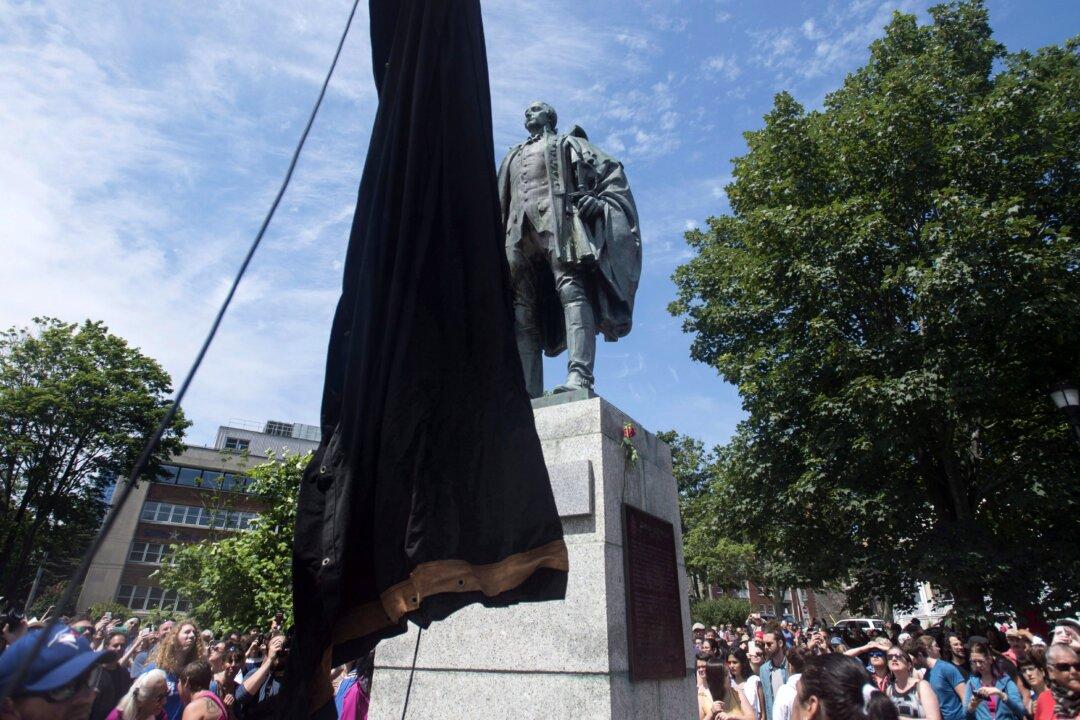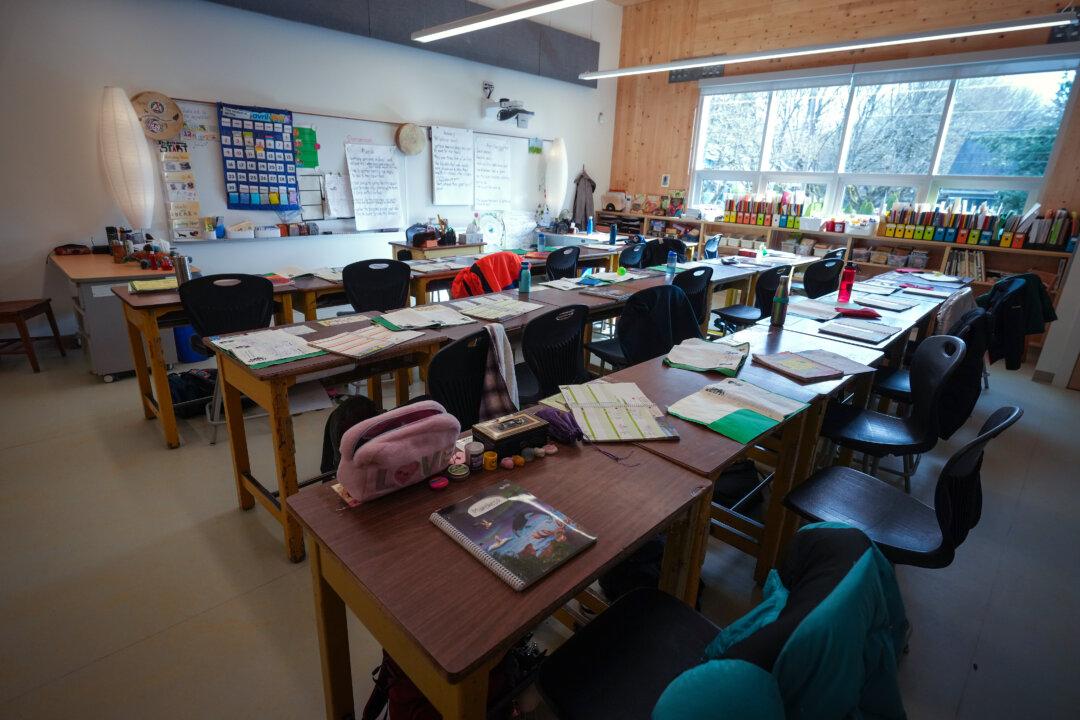Commentary
In 1922, a prominent Canadian activist wrote a book titled “The Black Candle.” Ostensibly about Canada’s drug laws, “The Black Candle” contained many racist statements and portrayed visible minority groups, particularly the Chinese community, as a threat to Canadian society. To make matters worse, this person also promoted eugenics and strongly supported the forced sterilization of people with disabilities.





